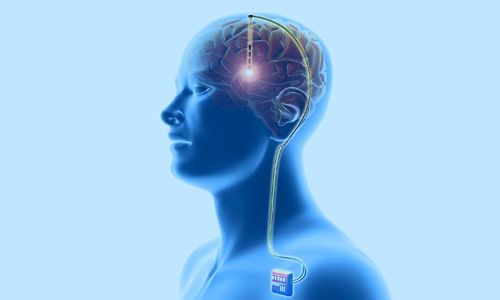
Vagus Nerve Stimulation (VNS) Surgery
What diseases is VNS surgery used for?
This operation was first performed on a patient with resistant epilepsy in the late 1980s and has become a globally recognized treatment method in recent years due to its effective results. Today it is used by the FDA in patients diagnosed with resistant epilepsy and treatment-resistant depression.
VNS surgery is performed in patients with resistant epilepsy (seizures that cannot be controlled despite use of at least two different types of antiseizure drugs at appropriate doses) if the patient is unsuitable for resection surgery, has not benefited from resection surgery, or a resection does not accept surgery because of its risks. When the source of the epilepsy is caused by more than one focus in the brain, VNS surgery is appropriate in these patients.
How is a VNS operation performed? What are the risks?
The operation is performed under general anesthesia. A spiral-shaped electrode (cable) is microsurgically placed on the vagus nerve in the cervical region. In the same session, a battery is implanted in the chest area, which transmits electrical energy to this electrode. The operation takes an average of 1 hour. About 4 hours after the operation, the patients return to their normal life and are often discharged on the same day or a day later at the latest.
VNS surgery is one of the safest methods among all neurosurgical operations. As with any surgery, there is a 1% risk of infection. Adult patients may experience temporary side effects such as In pediatric patients, this side effect can be observed much less frequently.
What is the success rate of VNS surgery?
When examining the success rates of patients with long-term follow-up; A 50-60% regression in the number, duration and severity of seizures is expected in the first year after VNS surgery. In the 5th and 10th year of surgery, seizure regression rates are 65% and 75%, respectively. The success rate is significantly higher, especially in children with resistant epilepsy.
When the effects on depression are examined, depressive mood disorders are known to resolve by 40-65% over the long term.
When will I be discharged?
Before the VNS operation, the assessment of the patient by the multidisciplinary team is completed within a maximum of two days and the patient is discharged on the 1st day after the operation. Return to normal daily activities. The patient can travel by plane 1 day after the operation.
When is the battery activated?
Usually 10-14 days after surgery. Battery activation occurs during the day.
How often is the check carried out?
Thanks to the new technology batteries, the battery adapts automatically. The patient does not have to come for a check-up every two weeks. It is enough to come to the control in the 4th month and 1st year of the operation.
Can epilepsy medication be stopped after VNS surgery?
Short-term withdrawal of medication after VNS surgery. If significant regression of seizures is observed in the 1st follow-up year, adjustments to medication dose are made. The VNS operation is an additional treatment. In the early phase, the dose or number of drugs is not reduced.
How many years does the battery last?
Battery life varies from patient to patient but averages 4-7 years. If a battery change is necessary, the area in the chest area is simply opened under local anesthesia, a new battery is inserted and the patient is discharged on the same day.
